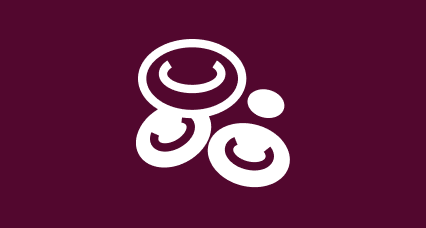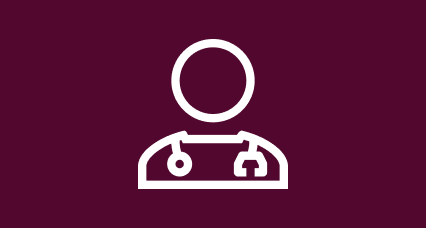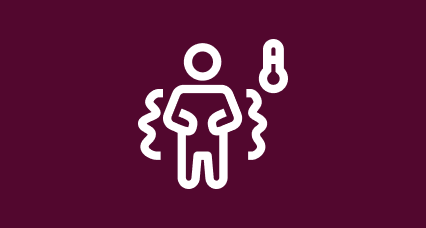Childhood acute lymphoblastic leukaemia (ALL)
This information is for adults caring for a child or young adult with ALL aged one year up to 29 years.
Babies under one year are treated differently from older children. See our page about childhood ALL treatment for more information.
We have information for older adults with ALL.

What is childhood ALL?
Childhood ALL is the most common type of childhood cancer. It’s a very treatable blood cancer in children and young adults.
Understanding childhood ALL

Prognosis for childhood ALL
The prognosis (what is likely to happen in the future) for most children and young adults with ALL is good. Treatment has very a high success rate.
More about prognosis

Symptoms and tests
Children and young adults with ALL may feel tired, bruise easily and get more infections. Tests will show whether the symptoms are cause by ALL.
Know the symptoms

Treatment for childhood ALL
Childhood ALL is a very treatable cancer. Your child will follow a treatment plan involving chemotherapy drugs, steroids and other medicines.
Treatment options

More information for parents and carers
Read our general information about childhood leukaemia including managing your child's treatment and looking after a child with ALL.
Information and support

Our research into childhood leukaemia
Tackling childhood leukaemia was the main area of focus for our founders and is where we have some of our biggest research breakthroughs.
Find out more
Thank you to Consultant Haematologist Dr Rachael Hough and Clinical Nurse Specialist Kerry Baker for checking the clinical accuracy of our childhood acute lymphoblastic leukaemia (ALL) information.
Thanks also to Professor Anindita Roy for her guidance on treatment planning for babies under one year.
